I keep a running tab on palworld update patch notes because I’m that person who reads balance changes, bug fixes, nerfs, buffs, and hotfix details before I even click “Play.” It’s my sport. In Early Access land, where optimization and AI behavior swing like a door in the wind, that habit saves time. And a few Pals.
Why I read patch notes like a crime scene report
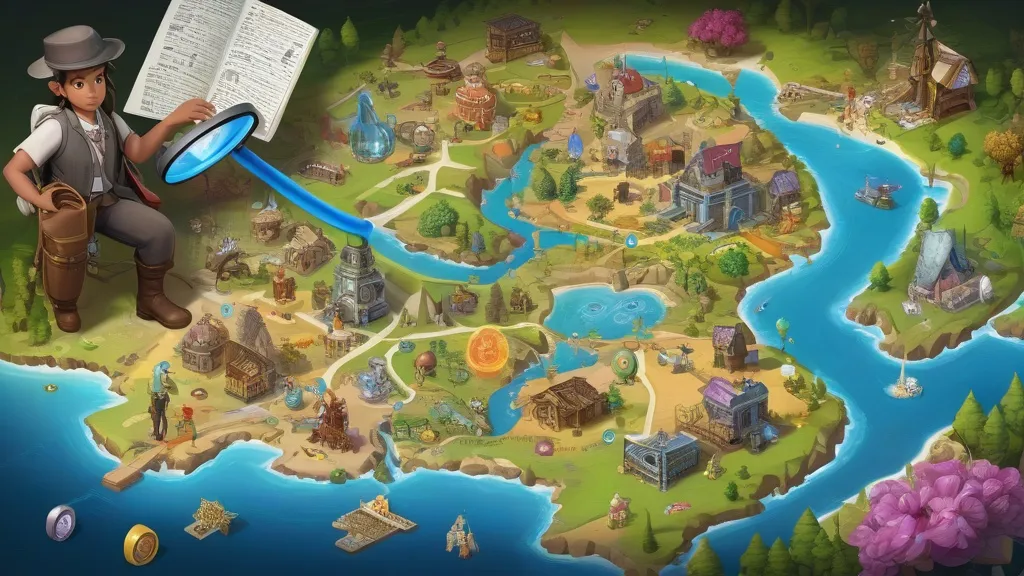
I’ve been doing this for more than a decade, across survival games, crafting sims, and the kind of “friend-collector” titles that make you nurse spreadsheets. In my experience, patch notes are not just a list. They’re a map. If you read them right, you see the meta shifts before the crowd. You protect your base before the raid wave changes. You harvest the right resource nodes before spawn rates get quietly tuned down.
What I think is funny: players skim. Then they log in and scream when their gun recoil feels different or their favorite farm route dries up. I get it. Reading notes can be boring. But I treat them like the morning news. Short sips. Then I test.
What devs say vs. what they mean
When a note says “Adjusted breeding time,” I read “Your line-breeding spreadsheet needs a redo.” When it says “Improved AI pathing,” I assume one class of Pals will stop face-planting into fences while another learns a new and fun way to get stuck on a stool. Sarcasm aside, devs aren’t hiding things (usually). The language is just compressed.
If you want the book-of-words origin for this habit, the term “changelog” is the boring ancestor of modern patch notes, and it goes way back in software culture. Here’s a quick primer if you like history: what a changelog actually is. I still read those. Old dog, old tricks.
How I parse notes line by line without falling asleep
I break it down to four buckets: Meta impact, Economy impact, QoL (quality of life), and Stability. That’s it. If a note doesn’t fit one, I ignore it until it bites me.
My tiny decoder ring
I once wrote a decoder for another game after watching stealth nerfs roll by with zero fanfare. That rabbit hole started here, with the way I pick apart notes and test them fast: my patch-notes decoder and stealth-nerf habits. Same approach works for Palworld-style updates: write a quick checklist, test one thing at a time, don’t trust the lobby chat.
Table: The patch-notes decoder I actually use
| Patch note phrase | What I think first | Quick test I run | Bucket |
|---|---|---|---|
| “Adjusted damage scaling for [weapon]” | Nerf or buff? Check TTK. | Two target dummies, same gear, stopwatch TTK. | Meta impact |
| “Updated resource spawn rates” | Economy shift. Routes change. | Run my three harvest paths, compare yield per minute. | Economy impact |
| “Improved AI pathfinding” | Which jobs break less? Which new bug? | Send worker Pals on loop tasks, watch for stalls. | Stability/QoL |
| “Reduced server timeout issues” | Host migration? Rubber-banding? | Join full server, stress test with building and combat. | Stability |
| “Crafting time adjusted for [item]” | Speed ups can hide deeper nerfs. | Compare mats-per-minute before/after. | Economy/QoL |
| “Minor UI improvements” | New buttons, different labels. | Check tooltips and filters; screenshot for memory. | QoL |
When the notes don’t say the quiet part out loud
I’ve always found that the most important change is the one least hyped. A one-liner like “tweaked capture rates at night” can upend your entire early game if you rely on moonlight farming. Sometimes it’s not a lie—just a small line with big fallout. Pun not really intended, but here we are.
By the way, if you ever want to browse all my write-ups for different titles, I keep a neat little list here: patch notes archive. Lately I’ve been comparing stability patches across survival games, because I’m fun at parties.
Nerfs, buffs, and that “my build is dead” feeling
Here’s how I keep calm. I copy my build. I test the copy. Ten minutes. If it’s toast, I pivot. No long debates in chat. No rage-quitting. (Okay, sometimes a small sigh.)
Table: Nerf or buff? Impact at a glance
| Change type | Example note | Immediate effect | What I swap to |
|---|---|---|---|
| Nerf | “Reduced ranged crit multiplier by 10%” | Long-range TTK up; squishy targets live longer. | Mid-range hybrid build; status effects. |
| Buff | “Increased heavy ammo drop rate” | AOE uptime spikes; horde clear faster. | Swap to crowd-control kit; farm dens. |
| QoL | “Auto-sort for storage chests” | Less time in menus; more time farming. | Scale base storage; set filter rules. |
| Stealth economy shift | “Adjusted vendor inventories” | Key mats rarer; bartering changes. | Craft substitutes; reroute to new vendors. |
Reading the Pal-side clues
I test worker Pals first, not fighters. Hot take, I know. But economy rules everything. If a patch touches worker speed, stamina drain, or job priority, your whole base flow changes. Crafting queues back up. Food chains break. Then you log in to a grumpy ranch and wonder why everything feels slow.
If you want a quick lore-and-systems catch-up on the actual game stuff, this is the page I send friends so I don’t have to lecture for 40 minutes: Palworld overview. Read that once, and the notes make more sense later.
Those “stability” sections people skip
“Improved server stability.” I cheer every time. But then I look for side effects: base defense timing, raid spawn logic, anything tied to tick rate. Some studios tuck real changes under “stability” because it’s less dramatic. I’ve seen aggro timers slip because of tick updates. Not a conspiracy. Just code doing code things.
If you like the behind-the-scenes bits, I dump my long rambles under this tag: game dev insights. I talk about netcode quirks and why your Pal sometimes forgets how stairs work after a hotfix. We’ve all been there.
The messy business side: why updates land when they land
I’m a little cynical about timing. Fridays get “no big deal” hotfixes. Tuesdays get chunky builds. Holidays bring chaos. Not because devs like pain. It’s about QA cycles, storefront slots, and player concurrency. In Early Access, it’s also about not sitting on crashes for a week while your subreddit lights up.
There’s also a marketing rhythm you can almost set a watch by. I’ve written about the hooks, wishlists, and launch-day fireworks that push teams to ship or hold patches. If that stuff interests you, I mapped it out here: indie game marketing strategy. It explains why a “small patch” sometimes drops right before a big content beat. Hype pacing, friend.
Patch culture, from alpha to prime time
I used to work near a team that lived by the “ship daily” motto. Brave souls. In games, you get a softer cadence. Nightly builds, then test branches, then live. Don’t let the act fool you, though. A “minor” patch can be the plumbing for a huge feature. If you read the notes and see a lot of “backend” and “infrastructure,” expect fireworks in two weeks.
Okay, but how do I prep before I click update?
I keep it simple and fast. Saves fifteen headaches.
- Screenshot your build, base layout, and storage tabs. Memory lies.
- Back up saves if you play single-player. Cloud hiccups happen.
- Skim the notes once. Circle economy changes in your head.
- Test one system at a time: combat, crafting, base AI.
- Don’t rebuild the whole base at 2 a.m. Sleep first. Trust me.
A tiny true story about version bumps
One patch said “slightly adjusted farming yield.” I logged in, planted my usual route, and realized “slightly” meant my food pipeline was starving. My ranch hands kept napping. I checked stamina drain. Yep—tuned up. So I rotated jobs and added a resting bench near the field. Fixed. Took 20 minutes. Not fun, but not the end times.
When patch notes say “various fixes”
That phrase means “things we fixed but didn’t want to write 90 bullets for,” not “mystery meat.” In my head, I put it in the “we touched a lot of little stuff; please watch for new weirdness” jar. I make a short to-do: check UI sort, check inventory caps, check build snapping, and poke raid triggers.
Why words like “adjusted” and “tuned” matter
People ask me why I obsess over verbs. Because verbs are the truth. “Adjusted” often means a nudge. “Reworked” means your muscle memory should brace. “Fixed” is usually safe. “Improved” is a coin flip—better here, worse there. If I see “rebalanced,” I clear my evening.
If you want to see how I group lots of different games’ notes, I keep a messy but useful trail here: August 2025 posts. You’ll notice patterns. Studios reuse words. Not because they’re lazy. Because legal and QA bless certain phrases that won’t bite them later.
How I test economy changes without spreadsheets (okay, maybe a tiny one)
I do three runs: early-game route, mid-game loop, end-game loop. Time each with a phone. If my mats-per-minute drops by more than 8%, I switch routes. If it rises, I scale up. That’s it. You don’t need a doctorate. Just a timer and a snack.
Spotting stealth tweaks in the wild

Stealth changes aren’t always evil. Sometimes a bug fix feels like a nerf. Example: capture cones were miscalculated; now they’re correct. Your catch rate “feels worse,” but really the math finally matches the tooltip. I grumble, then I adapt.
If you want broader context on patch culture, the old-school term that ties this all together is the software “patch,” as in the thing that changes the build so your game stops falling over. I’ve got friends who only learned the term later, but it’s been around forever: what a patch actually is. Dry read. Useful frame.
Community test servers and you
Test branches are free data. You don’t need to live on them. Just hop in once, see the direction, hop out. Saves you from investing in a build that’s about to take a nerf bat to the face. I also check UI labels there; tooltips on test often leak future features.
The tiny red flags I always look for
- “Reduced server timeouts” paired with “Adjusted raid spawn schedule.” That combo can ripple.
- “Optimized rendering on lower-end GPUs.” Expect a new graphics setting. Re-tune yours.
- “Rebalanced breeding traits.” Back up your seed lines. Some traits get rarer.
- “Changed vendor pricing.” Barter routes might be dead. Look for a new meta.
- “Fixed pathing around staircases.” Test your base layout. Corners can trap workers now.
My rule for sanity after a big patch
Give it two sessions. One to poke everything. One to actually play. The first session is science. The second is fun. If you try to do both, you’ll hate both.
Want regular breakdowns without doomscrolling?
I try to keep a running feed of useful, plain-English breakdowns, with screenshots and “what to do now” notes. If you’re into that sort of thing, the category link is the easiest path: behind-the-scenes breakdowns. I promise fewer buzzwords and more “push this button, not that one.”
When notes and reality don’t match
Happens all the time. Notes say “fixed,” but you still see the bug. Could be caching, could be an edge case, could be a new bug. Report it (politely), and include steps. Nobody fixes “it broken.” I send a short clip, list steps, and move on with my day.
A simple post-patch checklist I actually follow
- Set a timer for 30 minutes. When it dings, stop testing and go play for real.
- Swap one component per build. Keep the rest constant so you can compare.
- If base AI acts odd, rebuild one doorway. Weirdly helpful.
- If FPS drops, reset graphics to default, then step up one notch at a time.
- If crashes jump, verify files and check the dev’s pinned post before panicking.
Resource flows I watch like a hawk
Fuel. Food. Ammo. Those three decide your night. If a patch touches any, the ripple hits everything else. Low fuel means stalled production. Low food means idle workers. Low ammo means no defense. I keep a buffer of each before I update. Boring. Effective.
Why my friends roast me for reading notes first
Because I treat game updates like sport stats. Look, I get roasted, then I log in and rebuild faster while they ask “why is my farm empty?” And I just point at the note that said “Adjusted growth cycles.” We laugh. We cry. We harvest.
If you like this sort of nerdy ritual, my bigger list of breakdowns sits here: more patch-note rundowns. It’s not fancy. It’s just me, circling verbs and testing things.
The one line that makes me smile
“Added more tooltips.” I love tooltips. It’s free clarity. When notes say tooltips got added or refreshed, I go read them like bedtime stories. Half my bugs vanish because the game finally tells me what it wants.
And yes, I actually enjoy this
I know it sounds weird. But there’s a joy in cracking the code of a new build. You feel the gears shift. You catch the rhythm. Then the grind becomes flow again. Most patches don’t break your world. They nudge it. And if they do slam it, well, we get to build a new one.
I’ve noticed palworld update patch notes are getting clearer with each cycle. Fewer vague lines. More numbers. That’s good. Numbers let me test fast. If we keep getting that, I’ll keep writing these breakdowns, and my friends will keep not reading them. Balance in all things.
A word on expectations
Bugs slip. Features ship half-baked sometimes. It’s Early Access life. I try to keep my expectations grounded. If something is busted, I park it and play another path for a week. Most teams fix hot issues fast. The rare slow ones—yeah, that stings. But I’d rather a careful fix than a chain of hotfixes that break saves.
If you’re new to all this
Start small. Read the top half of the notes. Circle anything about economy or stability. Play for an hour. Adjust one thing. That’s enough. You don’t need to be the meta oracle on day one. You just need a plan.
If you want to follow along when I do deeper dives, my main list is here: all my patch-note posts. And yeah, I still ping myself when I see “reworked.” That word gets my attention every single time.
A last tiny gripe before I go feed my ranch
Can we stop burying big economy changes under “miscellaneous”? If it touches prices or yields, give it a header. My heart can only take so many “oh” moments at the vendor.
Anyway, that’s me. Coffee’s cold. Notes read. Builds ready. If the next round of palworld update patch notes sneak in a “rebalanced capture rate,” I’ll be in the field with a timer in one hand and a grumpy grin.
FAQ (stuff people DM me on a Tuesday)
- Do I need to read every single line? No. Skim for economy, meta, and stability. Test those. The rest can wait.
- Why did my base suddenly fall apart? Likely AI pathing or stamina tuning changed. Move a doorway, add rest spots, watch job priorities.
- Are stealth nerfs real or am I paranoid? Real sometimes, but “bug fix feels like nerf” is also common. Time your runs before yelling.
- How long should I wait after a big patch? I give it one hotfix cycle if I’m mid-progression. A day or two is fine.
- Best way to track changes without going nuts? Screenshot builds, run a 10-minute test loop, write three bullet notes. That’s it.
If you’re still here, you’re my kind of person. Next time I’ll rant about tooltips again. Or maybe spawn rates. Depends on where the devs hide the bodies.
Oh—and if you’re looking for a simple hub of my nerdy takes beyond this, I route most of them here: patch notes archive. See you in the next set of palworld update patch notes, probably at 2 a.m., because of course.

James Carter: Your competitive edge. I cover Patch Notes, Speedruns, Battle Royale Strategy, Multiplayer Trends, and Game Dev Insights. Let’s get into it!
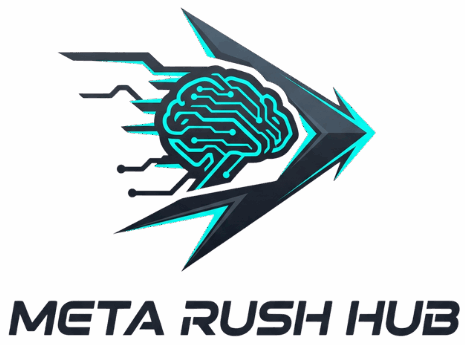
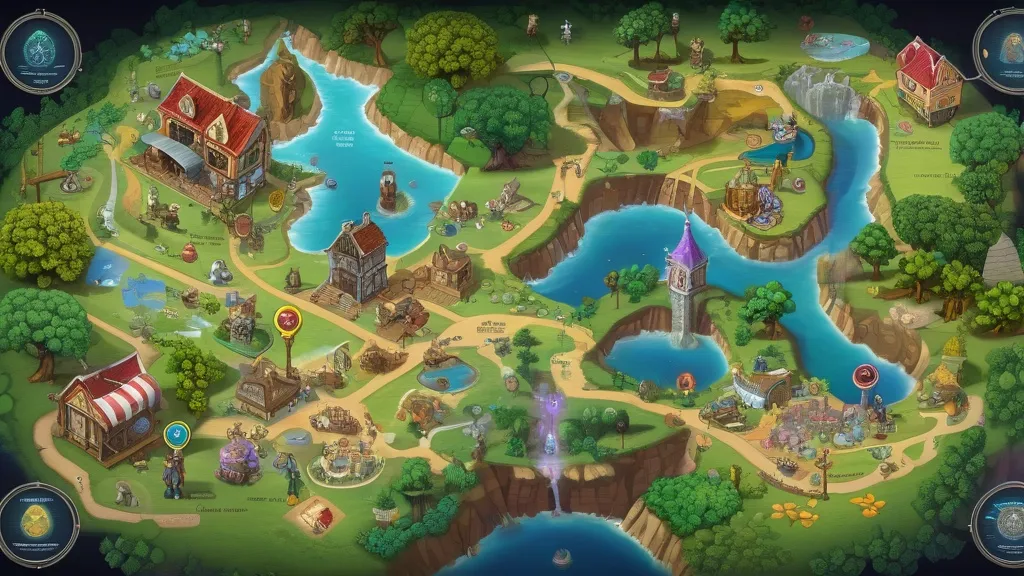
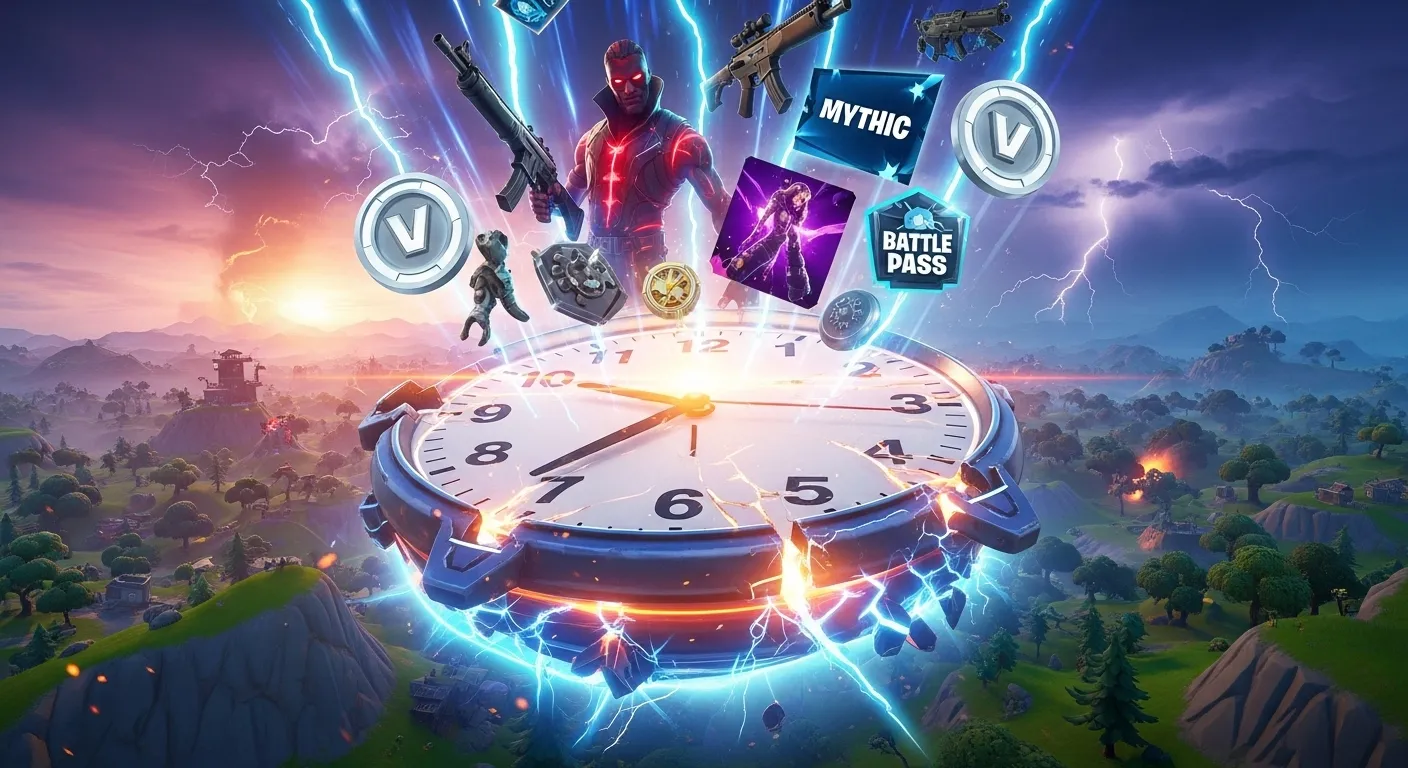
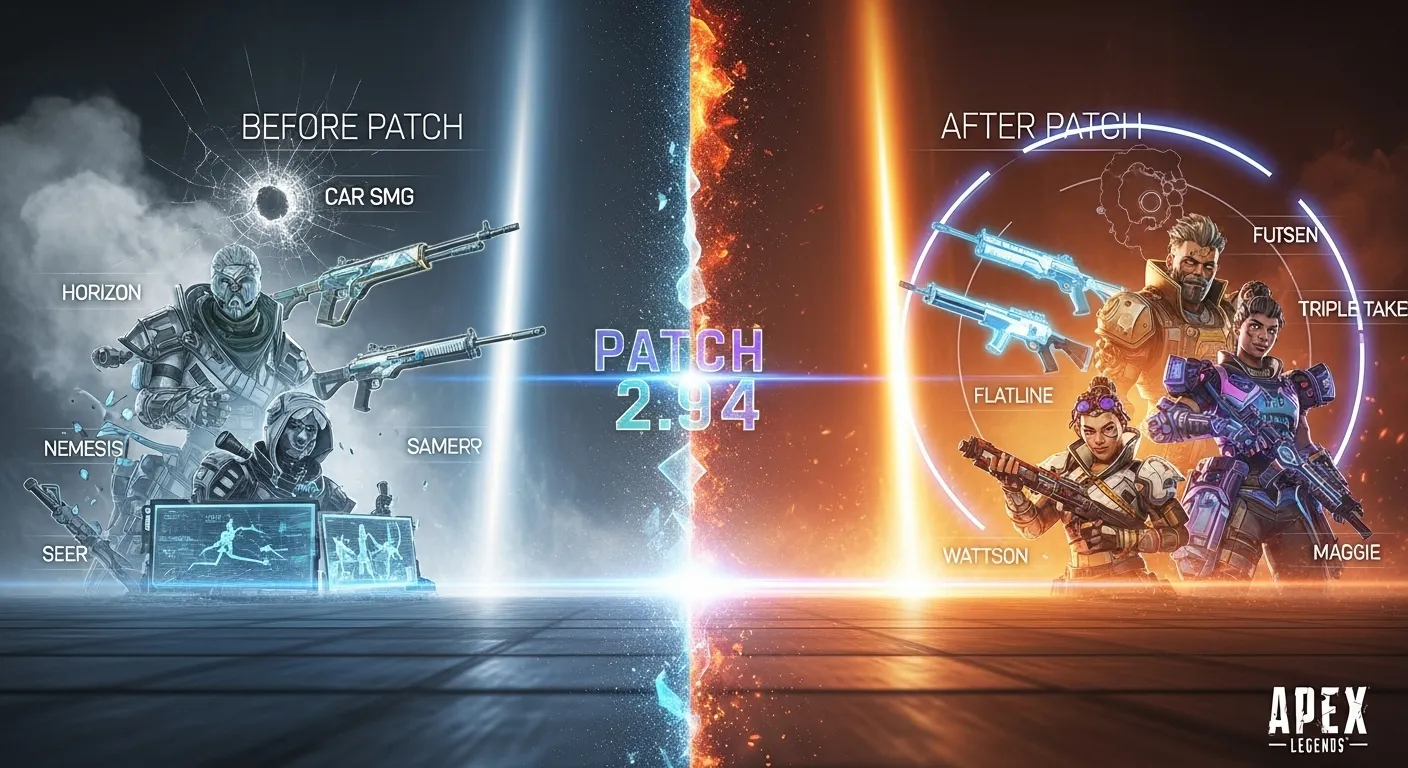
Love the idea of patch notes as a crime scene report – details matter! Keep decoding those stealth nerfs.
I love how the article highlights the importance of reading patch notes for strategic gameplay. It’s all about staying ahead!
Do you have any tips for spotting stealth tweaks in other games as well?